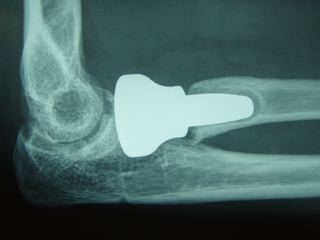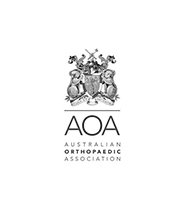Radial Head Fractures
The radial head is cylindrical in shape. It transfers force from the wrist across the elbow joint and allows forearm rotation. Fractures of the radial head are usually caused by falls on the outstretched hand. They may occur in isolation (simple) or as part of an elbow dislocation (complex) with associated ligament injuries and fractures. Due to bleeding from the fracture the joint will become tense and painful to move. X-rays will usually show the fracture. In some less obvious fractures the only sign of the fracture on X-ray are shadows from the associated bleeding.
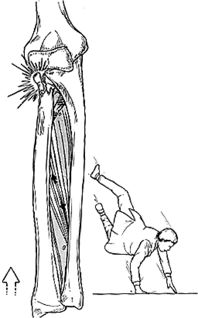
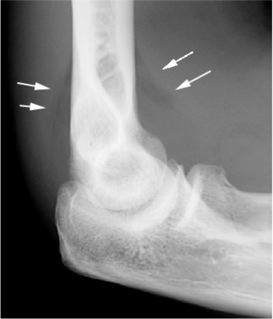
The blood within the joint will cause the capsule and ligaments surrounding the elbow to thicken and stiffen. It is crucial to restore range of motion early (<3 weeks). To allow early movement treatment aims to optimize pain control and ensure a stable, smooth joint.
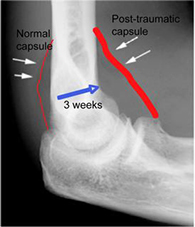
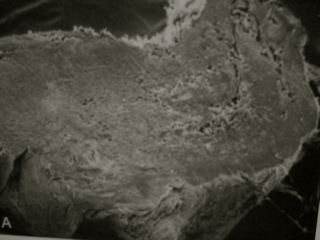
Non-operative treatment is used for minimally displaced fractures with no block to rotation. These fractures are inherently stable and range of motion can be commenced as soon as possible with adequate pain relief. Sling or cast immobilisation should be limited to less than a week
Operative treatment is used in:
- Displaced fractures
- Multiple piece fractures
- Complex injuries (with dislocation)
Operative treatment includes:
1.Internal fixation
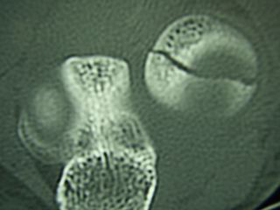
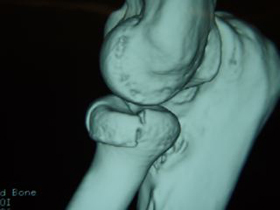
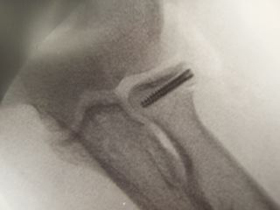
2.Radial Head Replacement
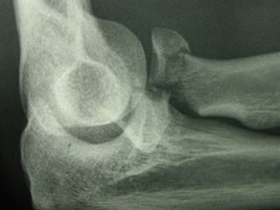
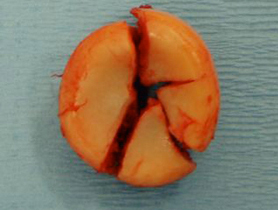
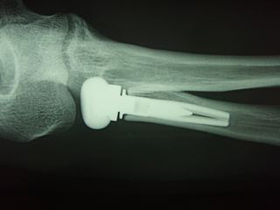
3.Excision
Once surgically treated range of motion exercises will be commenced as soon as possible. This may be slower in complex injuries.
Complications of radial head fractures include:
- Loss of motion. It is common even with undisplaced fractures to have a small loss of elbow motion. The last amount of straightening may be difficult to obtain. For function you need 100 degrees of bending and 100 degrees of rotation
- Ongoing joint pain and clicking. The fracture can trap cartilage and cause loose bodies. Rarely this will require an arthroscopic (keyhole) clean up
- Implant issues. Radial head replacements can loosen, become unstable or cause pain requiring removal or revision
